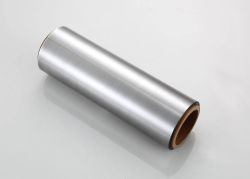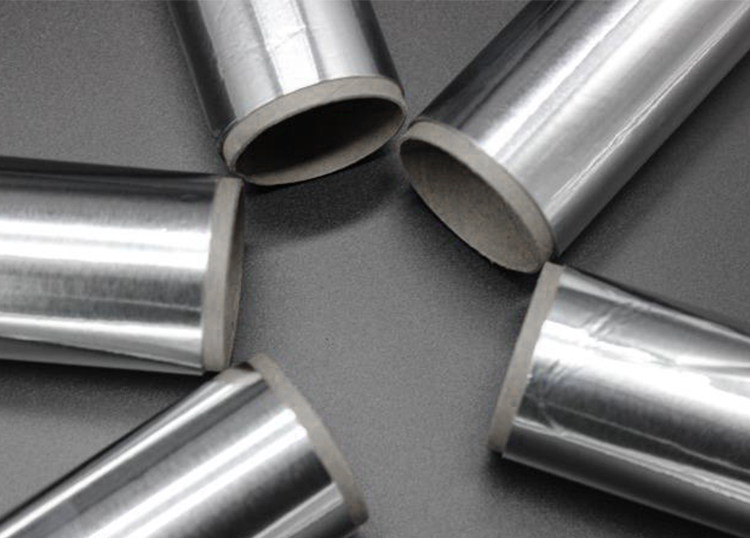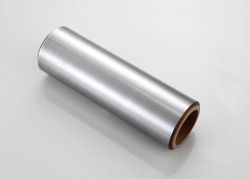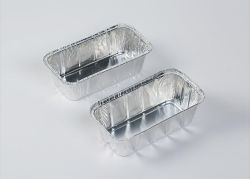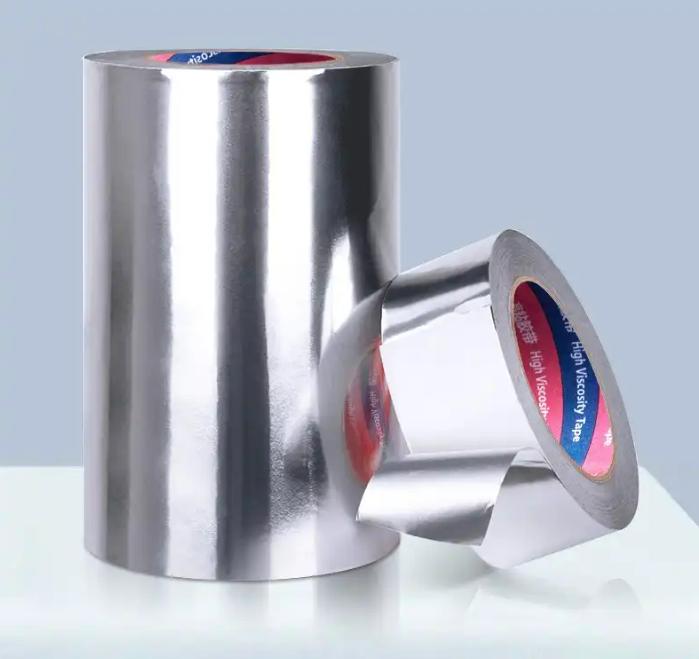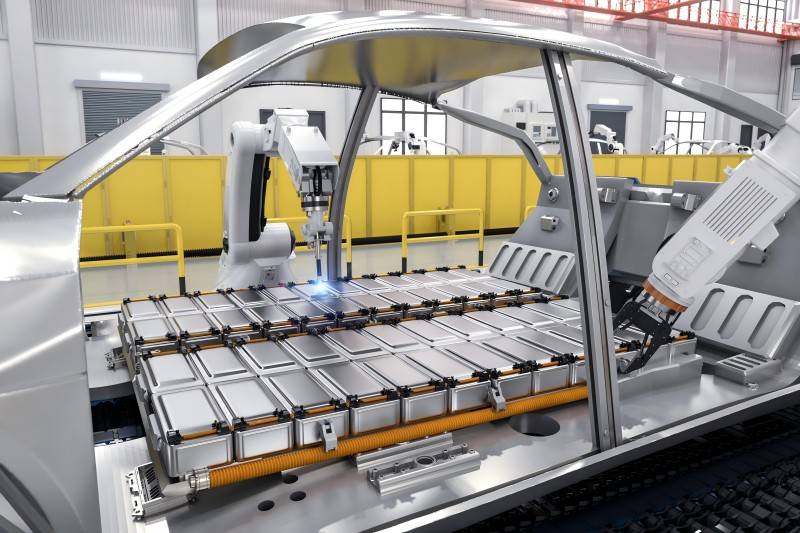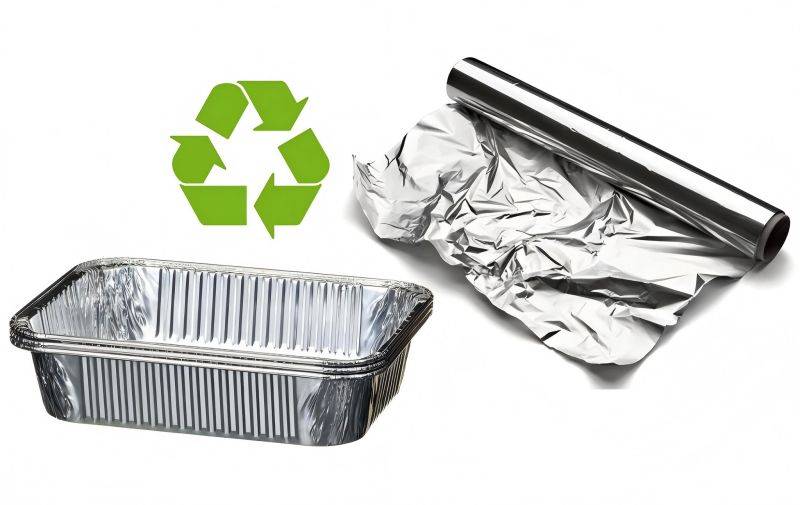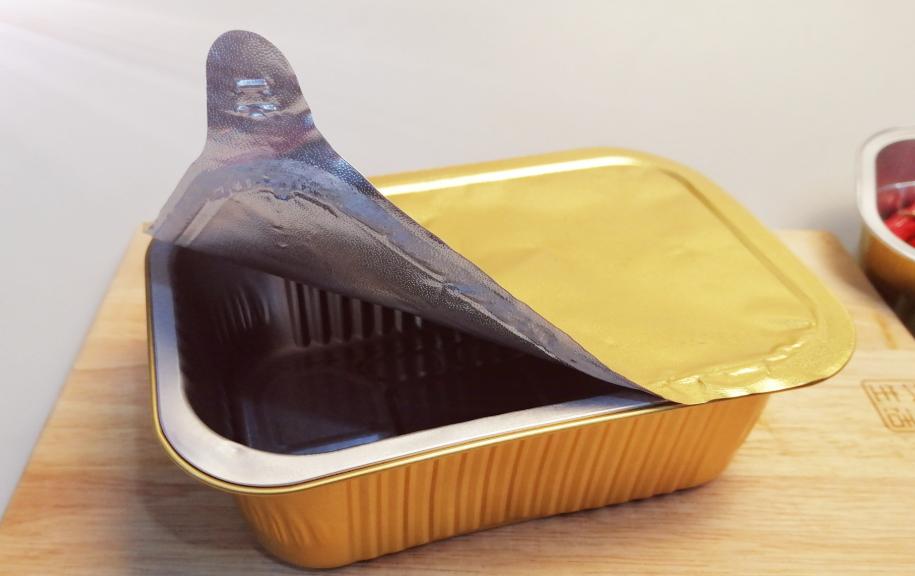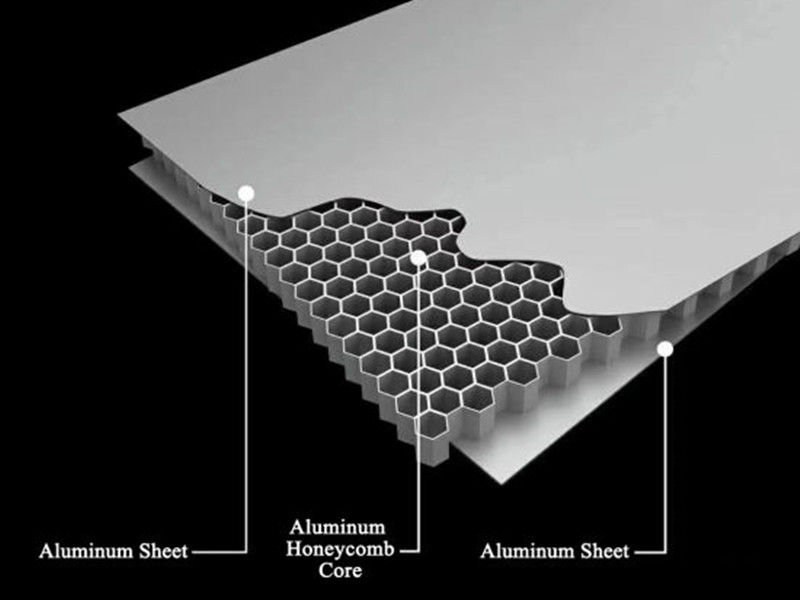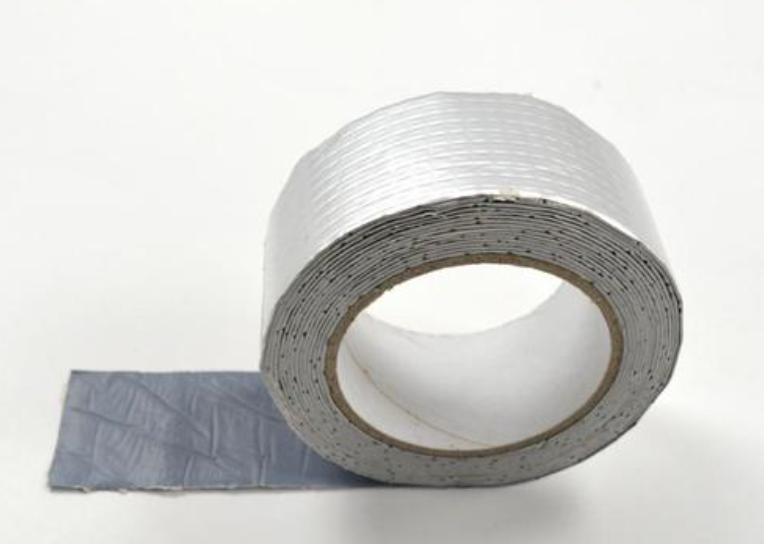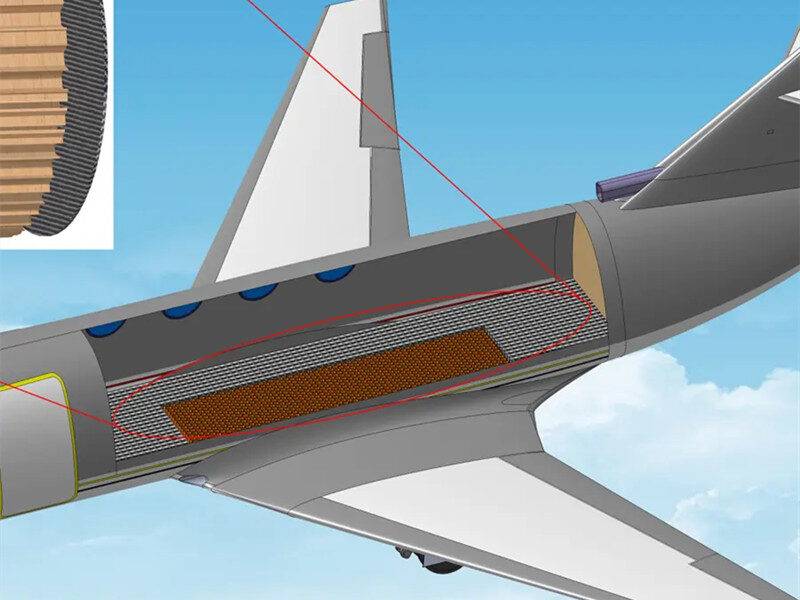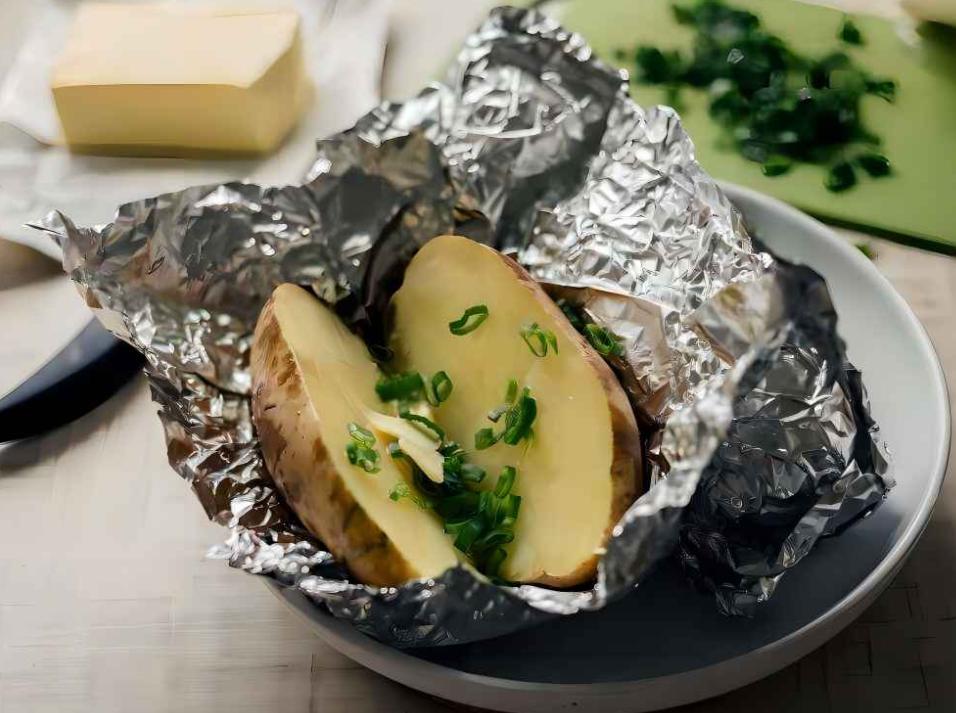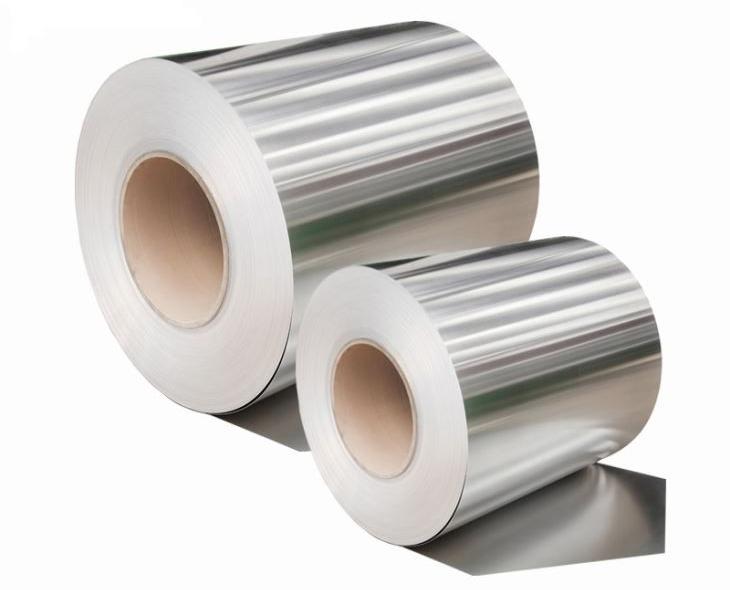Aluminum foil containers have become a ubiquitous presence in our daily lives, particularly in the food service industry. Their versatile properties, such as excellent insulation and airtightness, make them suitable for a variety of purposes. From packaging takeaway meals to storing pre-made lunches, aluminum foil containers offer convenience and practicality. However, one common question that arises is whether these containers can be used for steaming. In this article, we’ll explore the characteristics and uses of aluminum foil food containers, delve into why they are not ideal for steaming, and provide essential tips and precautions for using them effectively.
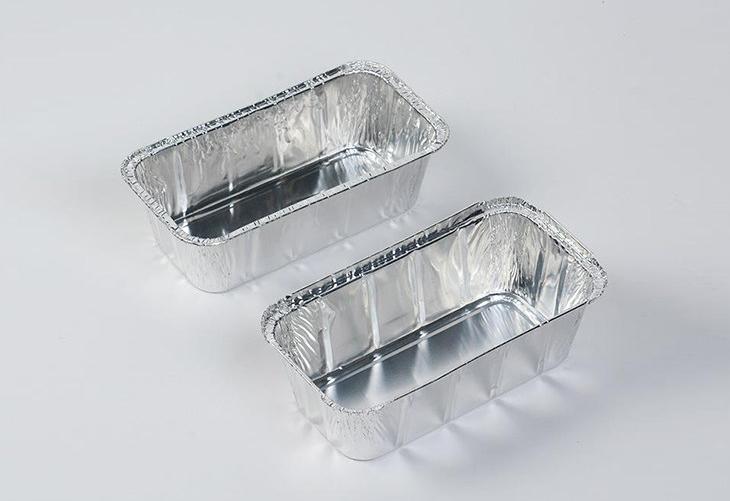
What are the Uses of Aluminum Foil Containers?
Aluminum foil containers are used for a variety of purposes, including:
- Food packaging: Aluminum foil containers are commonly used to package food for takeout, delivery, and catering. They are also used to package food for sale in grocery stores.
- Food storage: Aluminum foil containers can be used to store food in the refrigerator, freezer, and pantry.
- Food preparation: Aluminum foil containers can be used to prepare food for baking, grilling, and roasting.
Can Aluminum Foil Containers Be Steamed?
No, aluminum foil containers should not be steamed.
Aluminum foil containers have good insulation properties, but they are not suitable for heating or steaming in water. The melting point of aluminum foil is low, and it will melt at high temperatures, which may be harmful to food. Aluminum foil containers may also contaminate food with aluminum ions.
Risks of Steaming Food in Aluminum Foil Containers
There are several risks associated with steaming food in aluminum foil containers:
1. Aluminum Leaching
- Aluminum is a metal that is found in the Earth’s crust. It is also found in some foods and beverages, such as drinking water, tea, and coffee.
- Aluminum is a neurotoxin, which means that it can damage the brain and nervous system. Exposure to high levels of aluminum has been linked to a number of health problems, including Alzheimer’s disease, Parkinson’s disease, and osteoporosis.
- When aluminum foil containers are heated, aluminum ions can leach into the food. The amount of aluminum that leaches into the food depends on a number of factors, including the type of food, the pH of the food, and the cooking temperature.
- Acidic foods, such as tomatoes, citrus fruits, and vinegar, can increase the rate of aluminum leaching. Salty foods can also increase the rate of aluminum leaching.
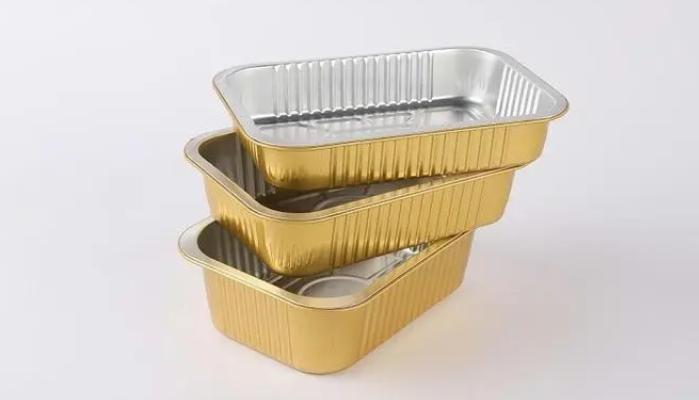
2. Melting
- Aluminum foil containers have a low melting point, which means that they can melt at relatively low temperatures.
- If an aluminum foil container is empty, it is more likely to melt than if it is filled with food. This is because the food helps to insulate the container.
- If an aluminum foil container melts, the aluminum can come into contact with the food. This can increase the risk of aluminum leaching.
3. Contamination
- Aluminum foil containers may contain other chemicals, such as BPA and phthalates. These chemicals can leach into the food and contaminate it.
- BPA is a chemical that is used to make some plastics. It has been linked to a number of health problems, including reproductive problems and developmental delays in children.
- Phthalates are a group of chemicals that are used to make plastics more flexible. They have been linked to a number of health problems, including reproductive problems and hormonal disruptions.
Tips for Using Aluminum Foil Containers Safely
If you do choose to use aluminum foil containers, there are a few things you can do to reduce the risk of aluminum leaching:
- Choose the right size container. Avoid using containers that are too small, as this can overcrowd the food and make it difficult to cook evenly. Overcrowding can also lead to aluminum leaching into the food.
- Do not overfill the containers. When filling aluminum foil containers, leave at least 1/2 inch of space at the top to allow for steam to circulate. Overfilling can cause the aluminum to leach into the food.
- Avoid using aluminum foil containers for acidic foods. Acidic foods, such as tomatoes, citrus fruits, and vinegar, can increase the rate of aluminum leaching. If you need to cook or store acidic foods in aluminum foil containers, line the containers with parchment paper or wax paper first.
- Avoid using aluminum foil containers for salty foods. Salt can also increase the rate of aluminum leaching. If you need to cook or store salty foods in aluminum foil containers, line the containers with parchment paper or wax paper first.
- Do not overcook food in aluminum foil containers. Overcooking can cause the aluminum to leach into the food at a faster rate.
- Do not reuse aluminum foil containers. Aluminum foil containers are designed for single use. Reusing them can increase the risk of aluminum leaching.
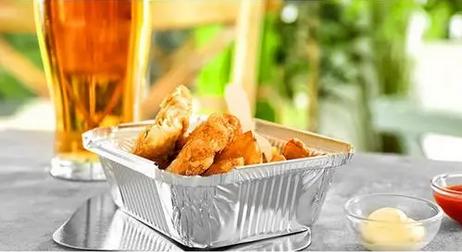
Conclusion
Aluminum foil containers are a popular choice for food packaging and storage, but they should not be steamed. There are a number of safe and effective alternatives to steaming food in aluminum foil containers, such as stainless steel steamers, bamboo steamers, and silicone steamers. If you do choose to use aluminum foil containers, there are a few things you can do to reduce the risk of aluminum leaching, such as avoiding acidic and salty foods, not overcooking food, and not reusing aluminum foil containers.


